Walk into any Cowboy Action Shooting (CAS) match, and you’ll hear old-timey gunfire mixed with laughter and friendly ribbing. But underneath the fun and period dress, there’s a question most shooters end up asking: What’s the most popular caliber for Cowboy Action Shooting? Forget the myths and the movie magic. It’s not the .45 Colt—or not anymore. The hands-down favorite, the cartridge you’re most likely to see stuffing the cylinders and magazines at SASS matches today? It’s the humble but mighty .38 Special.
Why the .38 Special Dominates the Cowboy Action Scene
The .38 Special wasn’t the first choice when Cowboy Action Shooting took off in the 1980s. Back then, everyone wanted the big-bore feeling of a .45 Colt—just like the cowboys (and outlaws) in old Westerns. But as more shooters took up the sport, someone realized the .38 Special brought serious advantages. For one thing, .38 Special ammo is noticeably cheaper than .45 Colt, both in factory loads and home-rolled reloads. This sport burns through a lot of cartridges; saving cash on each round adds up quickly, especially if you hit matches every month or more.
Beyond the price, there’s the matter of recoil. CAS shooters run their guns fast. Stages regularly call for 10 pistol shots, 10 rifle shots, and a handful of shotgun rounds at steel targets—all under the ticking clock. .38 Special in a heavy single-action revolver (like a Ruger Vaquero or a Uberti SAA clone) produces a feather-light recoil, making it way easier to stay on target and recover for the next shot. This isn’t just good for beginners. Veteran shooters aiming for speed records regularly choose the .38 for this reason alone.
Let’s look at some real data. A quick peek at SASS forums or match rosters shows about 60-70% of all competitors at major events run .38 Special in their revolvers and companion rifles. A 2023 SASS survey even found the .38 Special was the primary caliber for over 65% of registered members. Compare that to .45 Colt, which clocked in under 25%—dramatic, considering its role in Old West lore. Even the 44-40, once the original “Winchester and Colt” caliber, lags far behind. The shift isn’t just hype; shooters overwhelmingly choose the .38 for its smooth feel and low maintenance.
That’s not to say the .38 Special is perfect for everyone. Shooters in the ‘Classic Cowboy’ or ‘Frontier Cartridge’ categories, who value historical accuracy over speed, might stick to the big bores like .44-40 or .45 Colt. But if you want consistent performance, easy handling, and to keep a little more cash in your wallet? The .38 Special is the king of Cowboy Action Shooting.
| Caliber | % Used in SASS Matches* | Common Firearms |
|---|---|---|
| .38 Special | 65% | Ruger Vaquero, Uberti Model P, Marlin 1894, Winchester 1873 |
| .45 Colt | 23% | Ruger Blackhawk, Uberti Cattleman, Winchester 1873, Rossi 1892 |
| .44-40 | 7% | Colt SAA, Uberti 1866, Winchester 1873 |
| Other | 5% | Varies (e.g. .32-20, .357 Magnum) |
*Based on 2023 SASS National and Regional match surveys.
How the .38 Special Changed the Game
The sport actually owes its modern face to how the .38 Special shook things up. Cowboy Action Shooting isn’t just about hitting targets—it’s about looking good doing it, all while moving fast. With the .38 Special, competitors discovered they could run lighter loads without giving up accuracy. This lets shooters fly through stages at breakneck speed, especially if their ammo is tailored for low recoil and fast follow-up shots. Practically every top-level shooter, especially those chasing championship trophies, now tweaks their .38 loads to personal preference, working right at the minimum power factor required by SASS rules.
This isn’t cheating; it’s smart. SASS only requires a pistol ammunition ‘power factor’ of 60 (bullet weight in grains x velocity in feet per second, divided by 1,000). That means you could run a 125-grain .38 bullet at 800 fps and still clear the rulebook. Those loads barely nudge the gun—ideal for fanning hammers or running a lever-action rifle at warp speed. If you like the feeling of the gun just “popping” in your hand instead of bucking, this is the way to go.
Plenty of shooters report that .38 Special rounds cycle reliably in lever-action rifles. Modern models like the Marlin 1894 and Winchester 1873 clone actions are now optimized for the shorter, stubby length of the .38, making jams and feeding issues much less common than they used to be. If you care about the technical side, some shooters swear by using slightly longer .357 Magnum brass loaded to .38 Special specs for even smoother feeding—they call this “.38 in .357 brass.” It solves most headaches in rifles but keeps everything safe, light, and legal.
The .38 Special’s popularity also means it’s easy to find loaded cartridges, reloading components, and even competition-specific bullets. Bullet companies like Missouri Bullet Co. and Badman Bullets make soft-cast, lead projectiles ideal for steel targets and minimizing barrel wear. Handloaders can custom-craft ammo for their specific guns, dialing down the recoil as much as SASS rules allow while still ringing steel with authority.
Another tip that’s changed the sport: shoot clean. .38 Special tends to run way cleaner than .44-40 or .45 Colt, especially if you use smokeless powder. With less residue, less gunk, and fewer headaches cleaning guns at the end of the day, you spend more time practicing (or celebrating with your posse) and less time scrubbing dirty cylinders and rifle actions. For some competitors, that’s the biggest bonus.
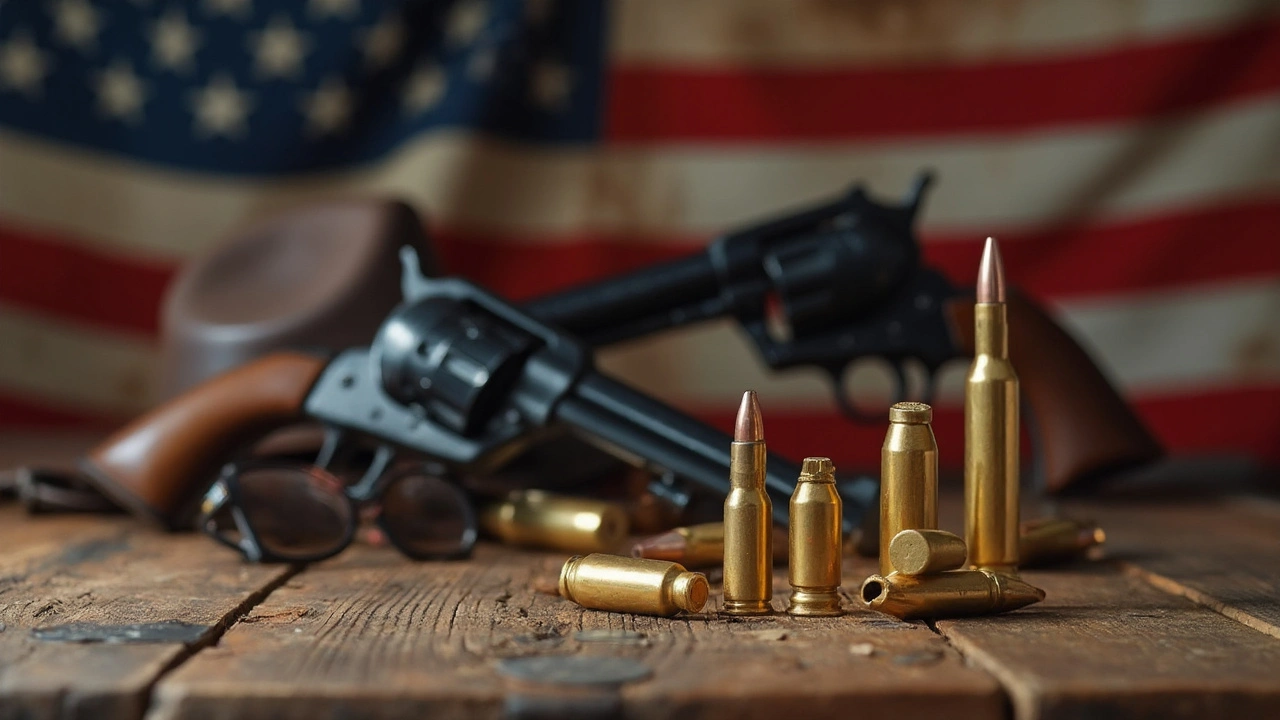
Can You Still Run Big Bores (and Why Some Shooters Do)
Sure, the .38 Special dominates the game, but there’s still a place for big-bore fans in Cowboy Action Shooting. ‘Classic Cowboy’ and ‘Frontier Cartridge’ categories actually nudge shooters toward .44-40, .45 Colt, or even the black powder originals, thanks to stricter costume rules and the quest for authenticity. Old-school shooters love the deep “boom” and smell of burnt powder that’s unique to these heavier rounds, especially in black powder contests where clouds of smoke are celebrated.
There’s real pride in running guns and cartridges that, well, actually tamed the Wild West. Some folks just love the romantic side of loading up their Colt Single Action Army with big-bore loads, leather holsters, and vintage duds. Still others say the big-bore guns have a certain “feel” you won’t find in the lighter .38s. Nobody gets shamed for showing up with a .45—the crowd usually gives you a wink and a tip of the hat for keeping the heritage alive.
Bigger bore guns do have some real challenges. The ammo is more expensive and really makes itself known with every shot. If you run two .45 Colts and a matching lever gun, you’ll notice the difference after 60 or 80 rounds. Your wrists might not thank you, and you may find yourself at a slight disadvantage on the fastest stages. Still, if you’re just shooting for fun, don’t let popular choices get in the way of what you enjoy. The sport is big enough for every caliber with a cowboy pedigree—and there’s always an award or side-match for sharpshooters who keep the old ways alive.
How to Choose the Right Caliber for Your Cowboy Action Journey
If you’re just getting started, the .38 Special is hands-down the easier road. It’s widely available, cheap to shoot, and practically every manufacturer supports it in their cowboy-style guns. Most of the top revolvers—whether you prefer Ruger, Uberti, or Cimarron—and lever rifles like the Marlin 1894 or Winchester 1873 clones, chamber .38 Special as standard. If you aren’t sure whether you’ll stick with the game, it lets you practice more without breaking the bank. Bonus: used .38 Special cowboy guns are pretty common in online classifieds and at local gun shows, so you can score a starter set without maxing the credit card.
Plan to reload? Even better. The .38 Special goes through die presses like a breeze, and load data is everywhere. Powder, primers, and lead (for casting your own bullets) are all super available. You can experiment a lot and still shoot on the cheap. If you reload a lot, you’ll meet more shooters in the reloading community eager to help you refine your ammo for the best accuracy and reliability.
If you absolutely love the big-bores, there’s no need to skip Cowboy Action. Plenty of clubs encourage .44-40 and .45 Colt shooters, and you may even get bonus respect points from old-timers. But unless you’re truly hooked on the nostalgia and feel, the .38 Special still gives you more advantage for the money—and you can transition between pistol and rifle without juggling cases and boxes. If you’re worried about appearance, many manufacturers build .38 Special guns that look every bit as authentic as their old west ancestors; even the holster crowd can’t tell the difference at ten paces.
A practical tip: some clubs have loaner guns for new shooters, so you can try both .38 and big-bore setups before investing. Ask the match director or your local SASS representative. You’ll get a fresh feel for what fits, and you can see what your friends are running. Most new shooters start with a .38, and it quickly becomes the gold standard, but there’s no wrong answer as long as you’re having fun and staying safe.
One last detail to keep in mind—stay safe. Always use cowboy-action loads made for lower pressures and velocities, especially if you’re handloading. Modern .38 Special and .45 Colt guns are strong, but cowboy guns weren’t designed for magnum rounds or hot-rod loads. Stick to soft lead, lighter bullets, and don’t push the limits. The goal isn’t firepower; it’s skill, style, and fun.

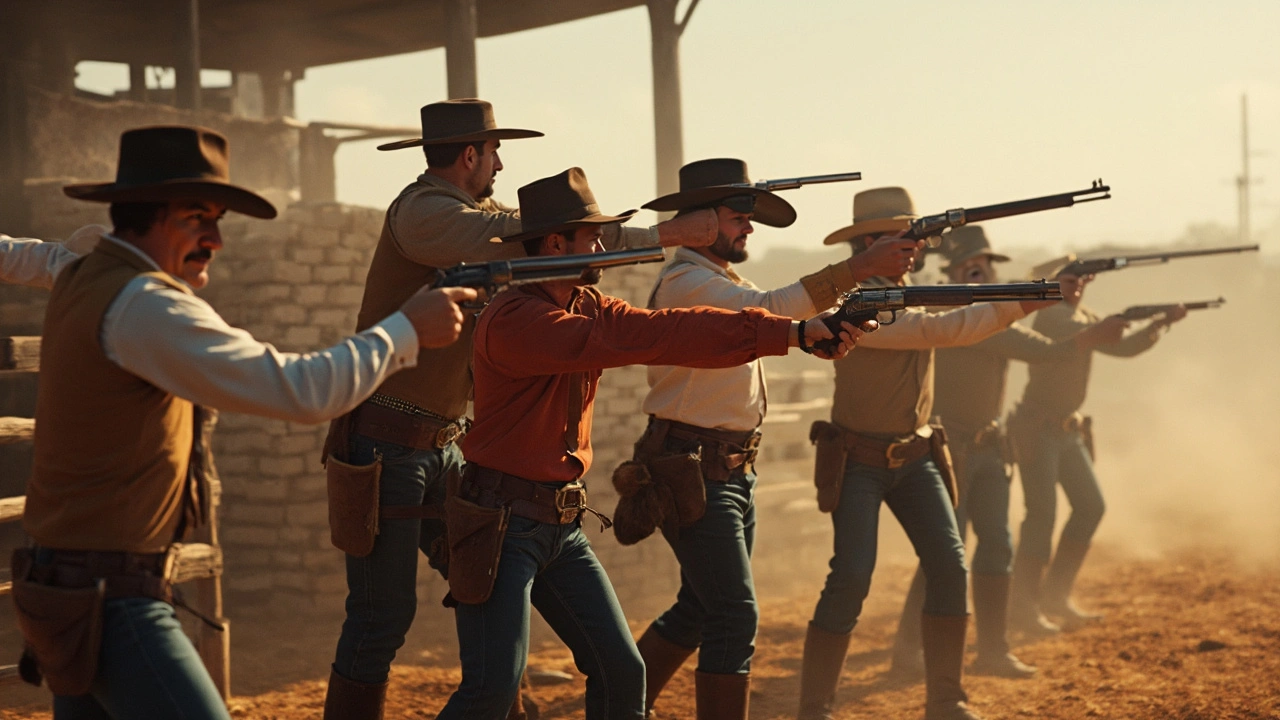
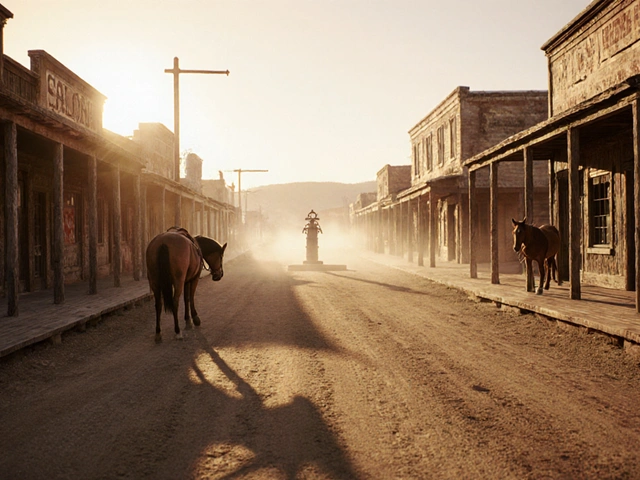
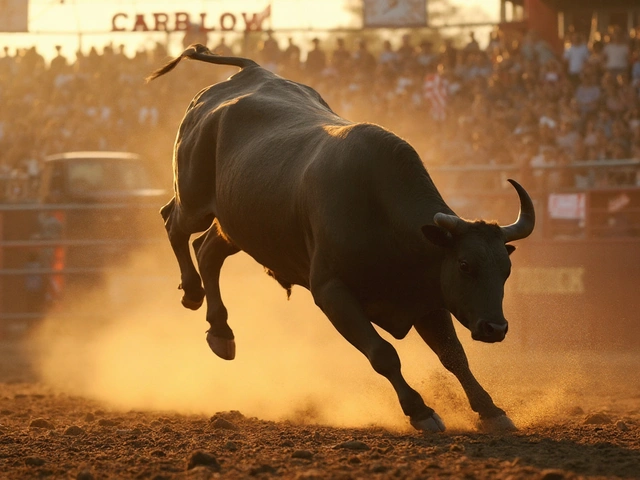
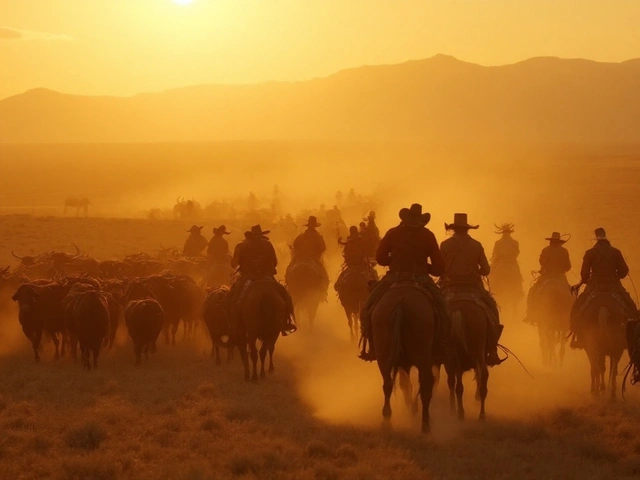
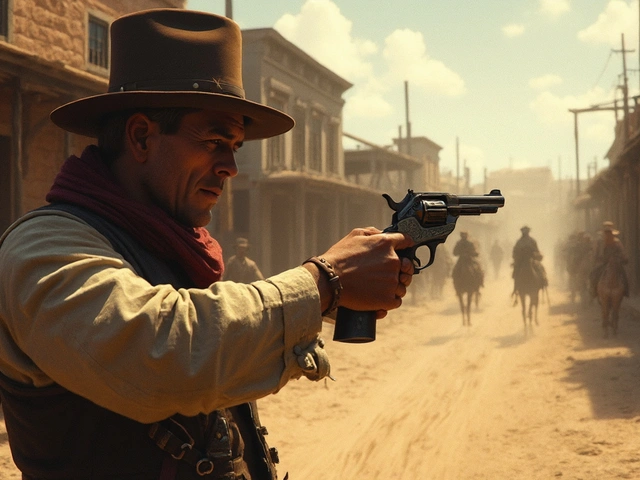
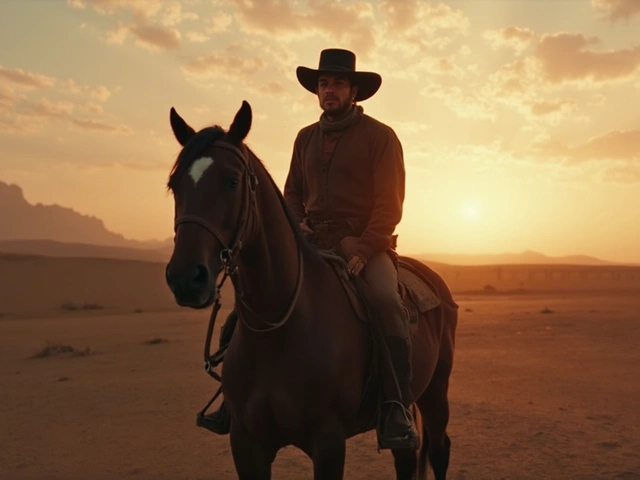
Bharat Patel
July 19, 2025 AT 10:26